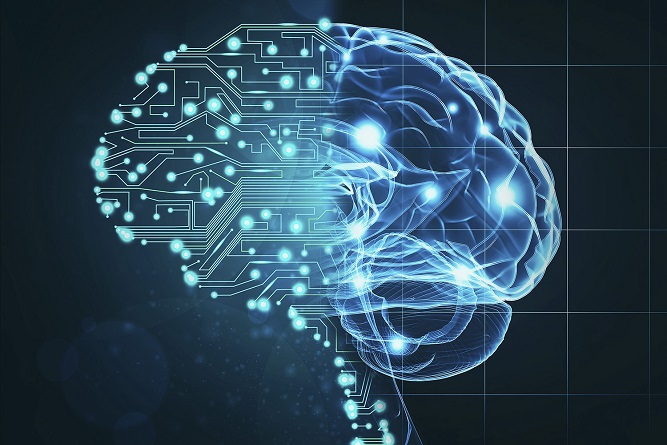Abstract
A brain computer interface (BCI) is a communication system that translates brain activity into commands for a computer or other devices. In other words, a BCI allows users to act on their environment by using only brain activity, without using peripheral nerves and muscles. The major goal of BCI research is to develop systems that allow disabled users to communicate with other persons, to control artificial limbs, or to control their environment. An alternative application area for brain-computer interfaces (BCIs) lies in the field of multimedia communication. To develop systems for usage in the field of assistive technology or multimedia communication, many aspects of BCI systems are currently being investigated. Research areas include evaluation of invasive and noninvasive technologies to measure brain activity, evaluation of control signals (i.e. patterns of brain activity that can be used for communication), development of algorithms for translation of brain signals into computer commands, and the development of new BCI applications. In this paper we give an introduction to some of the aspects of BCI research mentioned above, present a concrete example of a BCI system, and highlight recent developments and open problems.
For More Seminar Topics
What is a brain-computer interface (BCI)?
A brain-computer interface (BCI), also referred to as a brain-machine interface (BMI) or neural interface, is a system that establishes a direct communication between the brain and an external device (Lebedev & Nicolelis, 2017; Millán et al., 2010; J. R. Wolpaw et al., 2002). This term was first proposed by Professor Jacques Vidal in 1973 (Vidal, 1973), and since then, the number of developments and research articles describing brain-to-computer communication has grown exponentially.
The basic setup of a BCI system includes three components:
- Specific electrodes to record electric, magnetic, or metabolic brain activity.
- A processing pipeline to interpret those signals, extracting relevant features from them, decoding patterns of interest, and outputting commands.
- A computer or external device that operates via the generated commands.
There are a wide variety of devices that can be controlled using brain commands, and they can be used in five ways: to replace, restore, enhance, supplement or improve some human function (J. Wolpaw & Wolpaw, 2012).
Reference Link:
https://www.researchgate.net/publication/37452383_Recent_Advances_in_Brain-Computer_Interfaces
https://www.bitbrain.com/blog/brain-computer-interface-using-eeg-signals
https://en.wikipedia.org/wiki/Brain%E2%80%93computer_interface
https://www.atera.com/blog/cognitive-systems-teaching-technology-to-learn/

Leave a Reply